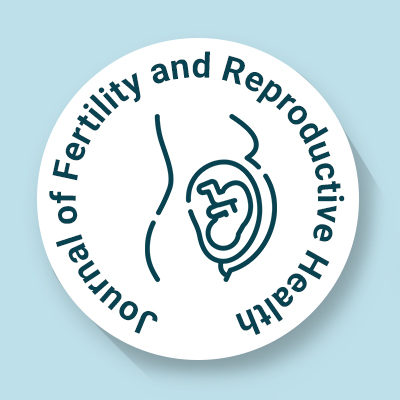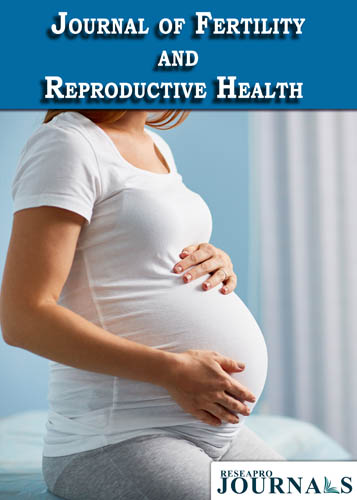
Journal of Fertility and Reproductive Health
OPEN ACCESS

OPEN ACCESS

Background: The study aims to investigate the clinical use and measurement accuracy of the Cycle Clarity convolutional neural network follicle identification platform in ovarian simulations compared to SonoAVC and manual measurements by ultrasonographers.
Methods: This was a prospective cohort study conducted in a private reproductive endocrinology and infertility clinic. The study involved 157 ovarian ultrasound examinations from 66 women undergoing ovarian stimulations for infertility treatment. Follicular ultrasound measurements were performed manually by ultrasonographers, SonoAVC, and the Cycle Clarity convolutional neural network. The primary endpoint was the median size (mm) of ovarian follicles in Cycle Clarity compared to SonoAVC and ultrasonographer measurements. A key secondary endpoint was the number of ovarian follicles greater than or equal to 10mm in size in Cycle Clarity compared to SonoAVC and ultrasonographer.
Results: Sixty-six participants were enrolled, and 152 ovarian ultrasound examinations were performed on 114 unique ovaries as some patients were ultrasound on more than one visit. The ultrasonographer detected 815 follicles greater than or equal to 10mm in size with an average diameter of 14.55 mm.Cycle Clarity without post-image proceeding detected 740 follicles with an average diameter of 14.87 mm, a difference of 2.2%. 71 ovaries were imaged by both SonoAVCTM and Cycle Clarity. The median size (mm) of ovaries compared to the gold standard human read reduces the bias of Cycle Clarity by 2.69 mm (95% CI: 1.97, 3.41), which indicates superiority and not just non-inferiority compared to SonoAVCTM. Ultrasound examinations were significantly faster with Cycle Clarity, including post-image analysis of 81.96 seconds compared to the ultrasonographer 706.79 seconds with an overall savings of 608 seconds per patient.
Conclusion: Cycle Clarity image analysis produced measurements equivalent to human measurements and superior to SonoAVC with significant time savings for the patient and clinical team.
Received 29 May 2023; Revised 24 July 2023; Accepted 31 July 2023